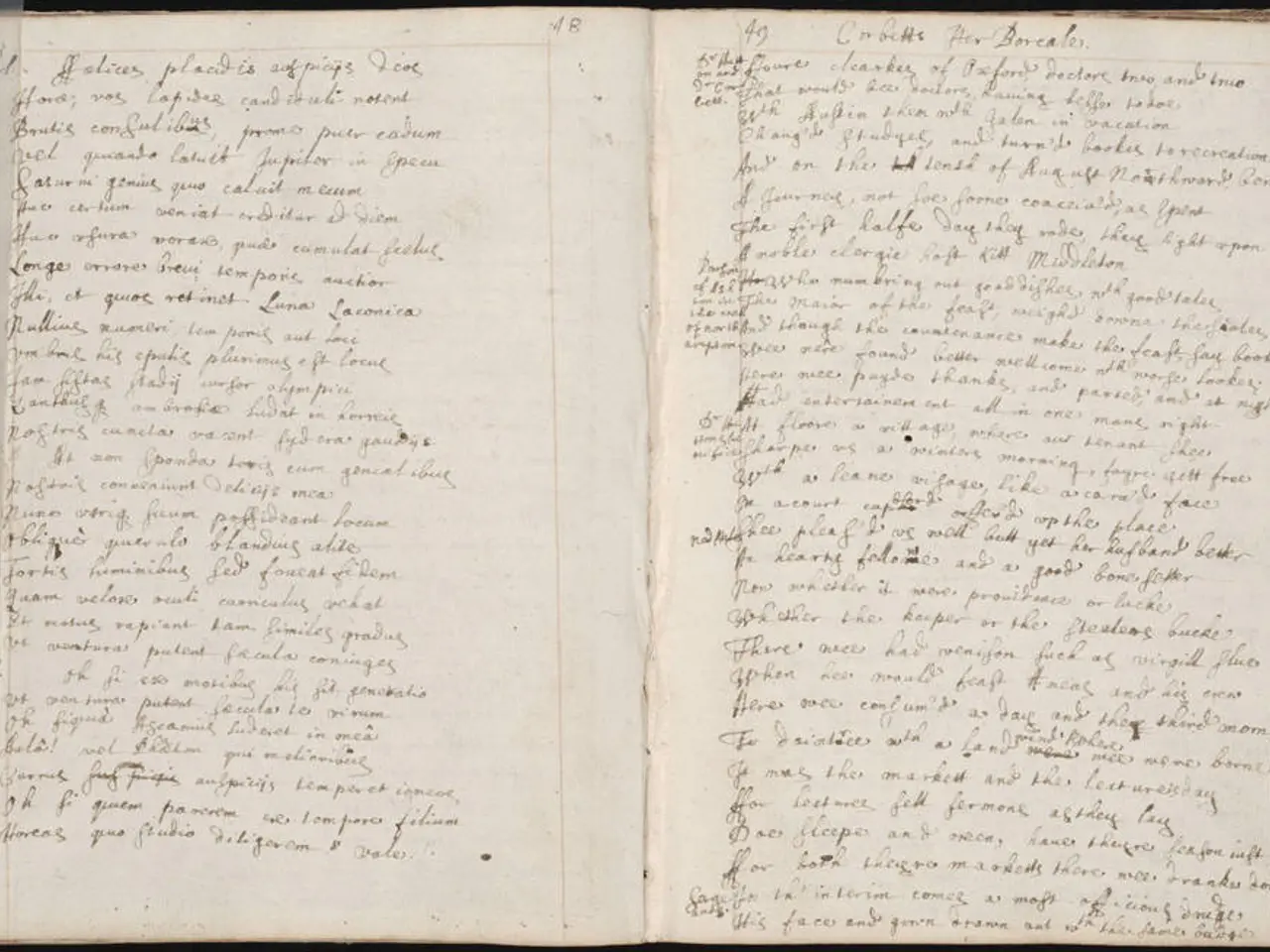History Education Fundamentals: Central Themes for Theory of Knowledge (TOK)
In the realm of understanding history, the International Baccalaureate's Theory of Knowledge (TOK) requires a thoughtful approach that encompasses evaluating sources, questioning interpretation, considering multiple perspectives, and reflecting on ethical implications.
One key aspect of this evaluation process is identifying bias in historical sources. To do so effectively, it's essential to focus on the creator's context, purpose, and intended audience. Examining the author's background, qualifications, and possible personal or cultural viewpoints that may influence the narrative is crucial. Understanding why the source was created—whether to inform, persuade, justify, or promote certain agendas—helps identify potential bias or slant in the information. Considering who the intended audience was and how that might shape the content or tone is another vital factor.
To assess bias comprehensively, cross-checking information with other sources, looking for balanced perspectives, and being alert for conflicts of interest are recommended. Frameworks such as the CRAAP Test (Currency, Relevance, Authority, Accuracy, Purpose) or methods like the SIFT technique can guide systematic evaluation.
When it comes to primary vs secondary sources, primary sources are original materials or firsthand accounts created contemporaneously with the event or subject, such as diaries, letters, official documents, photographs, or eyewitness reports. On the other hand, secondary sources analyze, interpret, or synthesize primary sources; they are created after the fact, like scholarly articles, textbooks, or later historical analyses.
Primary sources typically offer direct evidence but may contain strong subjective bias reflecting the creator’s immediate perspective and context. Secondary sources provide interpretation that can introduce further bias from the author’s analysis, but they also help understand the broader context and cross-reference multiple primary accounts.
A nuanced approach to history involves exploring who tells history and whose voices are included. History as an Area of Knowledge involves reconstructing past events through interpretation. A balanced historical analysis considers alternative narratives, such as claims and counterclaims. Incorporating Ways of Knowing in History includes considering the effects of language, emotion, and reason on historical narratives. Reflecting on how historical knowledge is constructed and revised offers a rich TOK approach.
For those seeking structured support in historical TOK analysis, RevisionDojo provides case studies, outline templates, Jojo AI prompts, real-life examples, and ethical frameworks to aid in the process.
[1] RevisionDojo (n.d.). Understanding historical sources for TOK. Retrieved from https://revisiondojo.com/tok/critical-thinking/historical-sources/ [2] The Critical Thinking Co. (n.d.). Primary and secondary sources. Retrieved from https://www.criticalthinking.org/pages/primary-and-secondary-sources/ [3] University of California, Berkeley (n.d.). Evaluating information: The CRAAP test. Retrieved from https://guides.lib.berkeley.edu/c.php?g=340367&p=2241779 [4] Cornell University Library (n.d.). SIFT: The web literacy model. Retrieved from https://guides.library.cornell.edu/c.php?g=357051&p=2385997 [5] The Open University (n.d.). Understanding bias in historical sources. Retrieved from https://www.open.edu/openlearn/history-the-arts/history/understanding-bias-historical-sources/content-section-1-bias-historical-sources-1
[1] Overcoming personal biases in historical analysis is crucial for achieving personal growth through education-and-self-development, as it promotes learning by ensuring a clear understanding of events and their interpretations.
[2] By examining different perspectives and considering potential biases in historical sources, one can foster personal growth and self-development while engaged in a lifelong learning journey, continually striving for personal-growth in the realm of history and its understanding.




